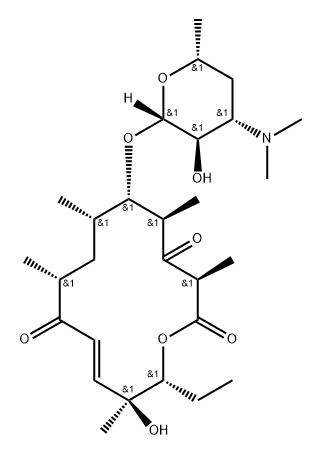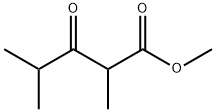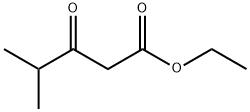picromycin
- CAS NO.:19721-56-3
- Empirical Formula: C28H47NO8
- Molecular Weight: 525.68
- SAFETY DATA SHEET (SDS)
- Update Date: 2025-04-30 08:50:00

What is picromycin?
The Uses of picromycin
Pikromycin is an inhibitor of Prolyl endopeptidase.
What are the applications of Application
Pikromycin is an inhibitor of Prolyl endopeptidase
Definition
ChEBI: A macrolide antibiotic that is biosynthesised by Streptomyces venezuelae.
Enzyme inhibitor
This polyketide (FW = 525.68 g/mol; CAS 19721-56-3; bitter-tasting solid; low water solubility; soluble in benzene and acetone) from Actinomyces spp., and originally spelled pikromycin, was the first identified macrolide antibiotic. Picromycin is most likely produced as the inactive diglucoside and liberated extracellularly as the active antibiotic through the action of a b-glucosidase.
Storage
+4°C
Properties of picromycin
| Melting point: | 169.5℃ |
| alpha | D24 +8.2° (c = 3.5 in ethanol); D20 -33.5° (c = 2.07 in chloroform); D24 -50.2° (c = 6.3 in chloroform) |
| storage temp. | Store at -20°C |
| solubility | DMSO: soluble |
| form | A crystalline solid |
| pka | 11.15±0.70(Predicted) |
| Boiling point: | 688.1±55.0 °C(Predicted) |
| Density | 1.14±0.1 g/cm3(Predicted) |
| color | White crystalline |
Safety information for picromycin
Computed Descriptors for picromycin
New Products
4,4-Difluoropiperidine hydrochloride tert-butyl 9-methoxy-3-azaspiro[5.5]undecane-3-carboxylate Indole Methyl Resin N-Isopropylurea N,N-Dicyclohexylcarbodiimide(DCC) MELDRUMS ACID 5-METHYLISOXAZOLE-4-CARBOXYLIC ACID Magnessium Bis glycinate Zinc ascorbate 1-bromo-2-butyne 2-acetamidophenol 9(10H)-anthracenone Erythrosin B, 4-Piperidinopiperidine 2-((4-morpholinophenylamino) (methylthio) methylene) malononitrile 2,4-dihydroxybenzaldehyde 3-(4-morpholinophenylamino)-5-amino-1H-pyrazole-4-carbonitrile Methyl 2-methylquinoline-6-carboxylate 2,6-dichloro-4-nitropyridine 4-Bromo-2-chlorobenzonitrile 2-(benzylamino)acetic acid hydrochloride 4-(tert-Butoxycarbonylamino)but- 2-ynoic acid 3,4-dihydro-2H-benzo[b][1,4]dioxepine 1-Phenyl-1-cycloprppanecarboxylicacidRelated products of tetrahydrofuran








You may like
-
 3-(4-amino-1-oxoisoindolin-2-yl)-1-methylpiperidine-2,6-dione 98%View Details
3-(4-amino-1-oxoisoindolin-2-yl)-1-methylpiperidine-2,6-dione 98%View Details -
 1-methylindoline-2,3-dione 98%View Details
1-methylindoline-2,3-dione 98%View Details
2058-74-4 -
 614-19-7 98%View Details
614-19-7 98%View Details
614-19-7 -
 3112-85-4 Methyl phenyl sulfone 98%View Details
3112-85-4 Methyl phenyl sulfone 98%View Details
3112-85-4 -
 20677-73-0 (2,2-diethoxyethyl)methylamine 98%View Details
20677-73-0 (2,2-diethoxyethyl)methylamine 98%View Details
20677-73-0 -
 3-(4-(hydroxyamino)-1-oxoisoindolin-2-yl)piperidine-2,6-dione 98%View Details
3-(4-(hydroxyamino)-1-oxoisoindolin-2-yl)piperidine-2,6-dione 98%View Details -
 57381-49-4 2-bromo-4-chlorobenzonitrile 98%View Details
57381-49-4 2-bromo-4-chlorobenzonitrile 98%View Details
57381-49-4 -
 4,6-dichloropyrimidine-5-carbaldehyde 98%View Details
4,6-dichloropyrimidine-5-carbaldehyde 98%View Details
5305-40-8
Statement: All products displayed on this website are only used for non medical purposes such as industrial applications or scientific research, and cannot be used for clinical diagnosis or treatment of humans or animals. They are not medicinal or edible.
